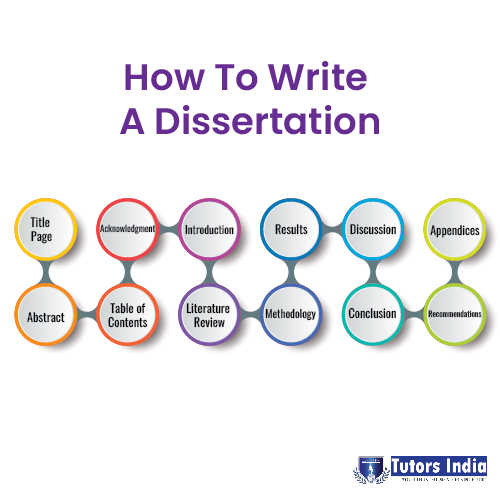A dissertation is similar to an essay, but it delves considerably deeper into the research and knowledge
Step #1: Select a study topic that is both engaging
Any independent research effort that is successful must have a certain theme in mind. An original piece of research work that earns a higher academic grade can be produced using an interesting but doable study research topic.
Step #2: Create an outstanding dissertation proposal.
After deciding on a study topic, you can go on to writing a strong dissertation proposal. You can persuade your supervisor or the committee members (for master's and PhD programs) of the importance of your research project by using the proposal paper.

Step #3: Research, Analysis, and Data Collection
In terms of writing a dissertation, this is possibly the most important step. In order to avoid jeopardizing hard work, one should not squander time using out-of-date and pointless academic sources.Step #4: Make your dissertation perfect
Once the proposal has been accepted by the graduate professor or supervisor and all required desk-based research has been completed, you should immediately begin writing a wonderful dissertation.
Writing a Chapter for the Introduction of a Dissertation
Background information, a problem statement, and research questions are all presented in the dissertation paper's opening chapter. In this section, you will explain to the readers the significance of the research and identify the main research issue or questions that the study will attempt to address.
Chapter on Literature Review Writing for a Dissertation
Literature review chapter gives you the chance to show your readers that you have done enough study on the subject at hand and that you are aware of the conclusions of earlier studies that are comparable. This part should include a discussion of any research constraints your study contains.
Additionally, be sure to include a chapter in your dissertation's literature review that summarises the opinions and conclusions of other researchers. To demonstrate the value of your research, convince the readers that there is a research gap in the existing literature and that your work fills it.
How to Write a Methodology for a Dissertation
The literature review section of the dissertation naturally leads into the Research methodologychapter, which offers insight into the techniques used to gather data from diverse sources.
Dissertation Findings Writing Guide
In the dissertation findings chapter, the major findings of your research are discussed. The conclusion of the dissertation writing process, in the opinion of many academics, is represented by this chapter. Authors might use it to demonstrate the depth of their own knowledge and reasoning.
How to Write a Conclusion for a Dissertation
An overview of the research and a succinct report of the results should be included as your dissertation's final section. You must show how your research will be useful to other academics in your field of study and its consequences in the conclusion chapter. A brief "recommendations" section that explains the goal of and the necessity for additional study to clarify the subject is advised.
Step #5: Proofread, edit and improve – Never risk months of hard work.
Before beginning to revise and proofread your work, experts advise that you finish the entire dissertation. Before returning to a subsequent crucial phase of the process, you must regain your attention and spark your creative thinking.
How do editing and proofreading differ from one another? When you edit, you are putting your attention on the key points in your dissertation. Proofreading, on the other hand, is going over the final document to check for consistency and accuracy in grammar, punctuation, spelling, and formatting.
Editing: Condense, fix, and revise your writing as you get ready to submit it (where necessary). Check the coherence and consistency of the arguments you used when you are editing the paper.
If a knowledge gap has been discovered, it should be filled using pertinent data acquired throughout the research process. When writing, if you become too engrossed, it's easy to forget the original goal. Remove the unnecessary language and edit so that your paper's topic is focused and brief.
Proofreading: To find formatting, structural, grammar, punctuation, and referencing errors, start proofreading your manuscript. No matter how exhausted you are, read the entire document carefully because a few simple errors could jeopardize the months of labor you put into it.
Due to their lack of attention to detail, many students have trouble in technical editing and proofreading their papers. If you're having trouble identifying your weaknesses, speak with a knowledgeable dissertation editor. To elevate the dissertation's quality to First Class, you could choose to spend money on a professional Language editing and technical editing service.


